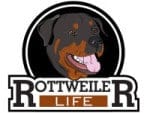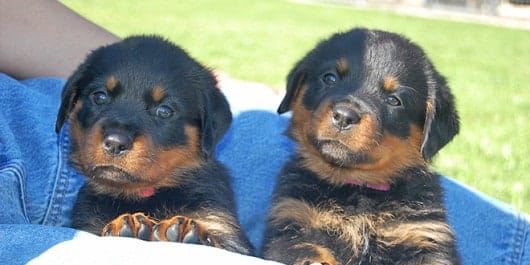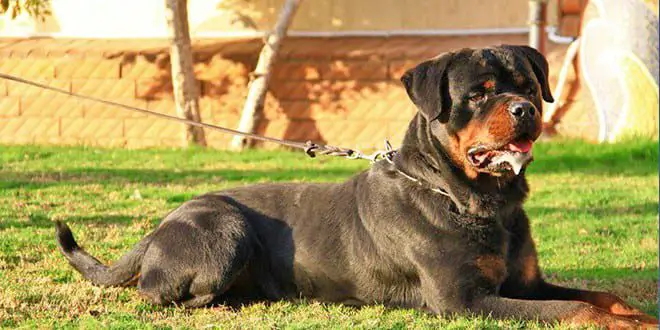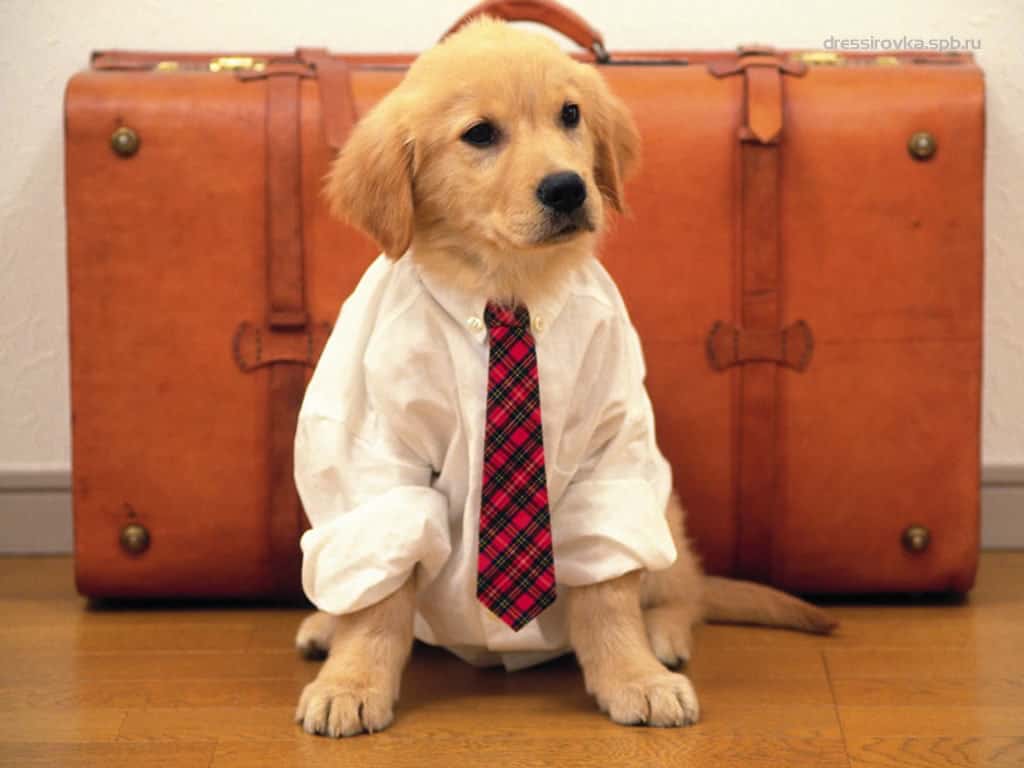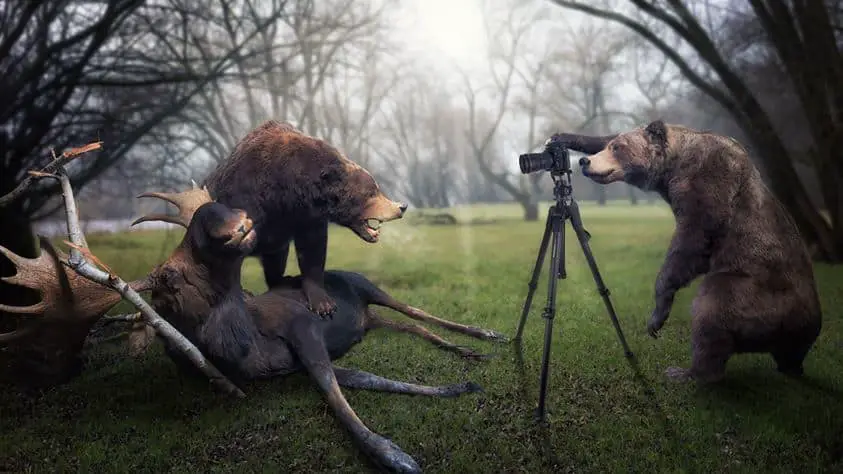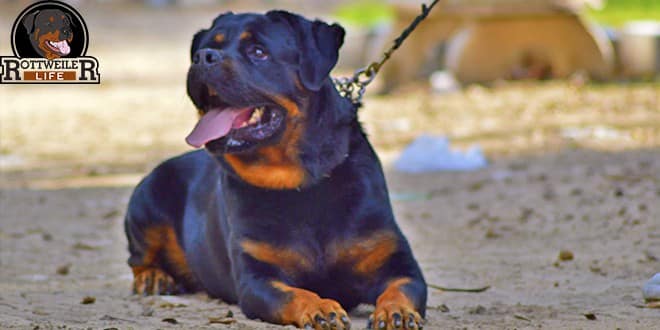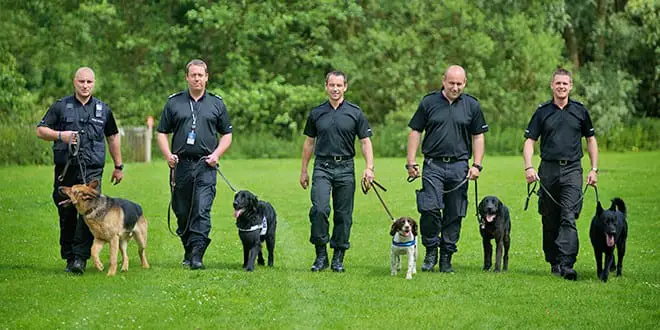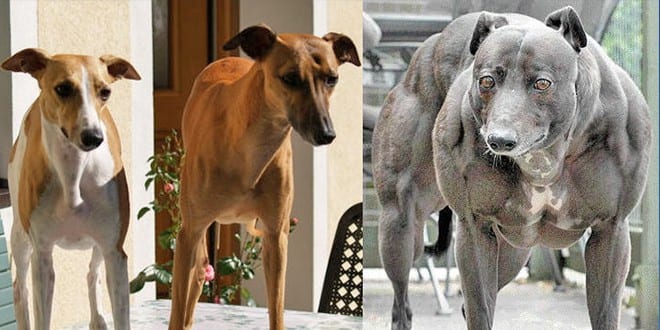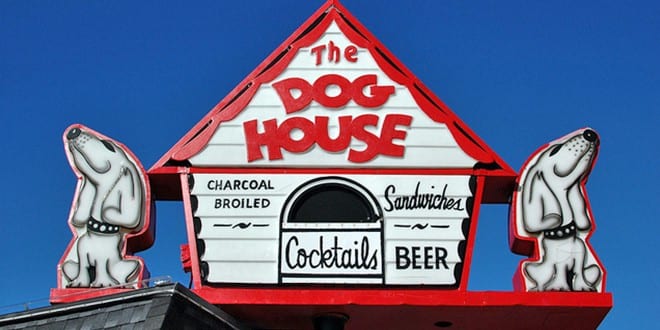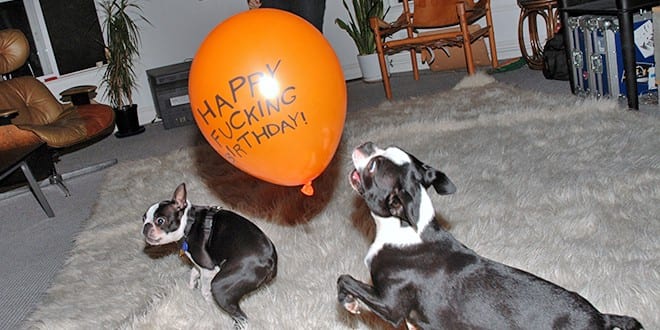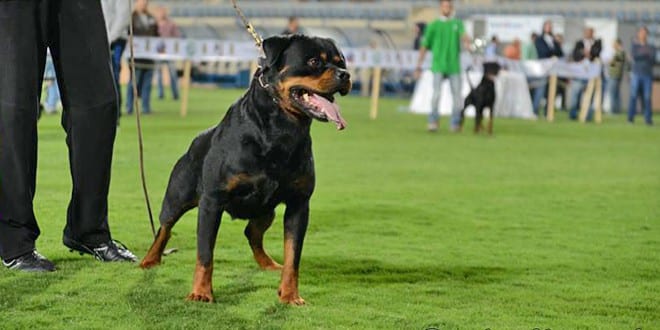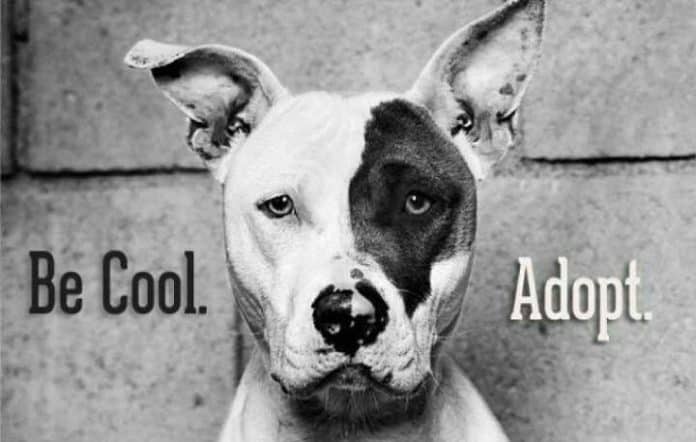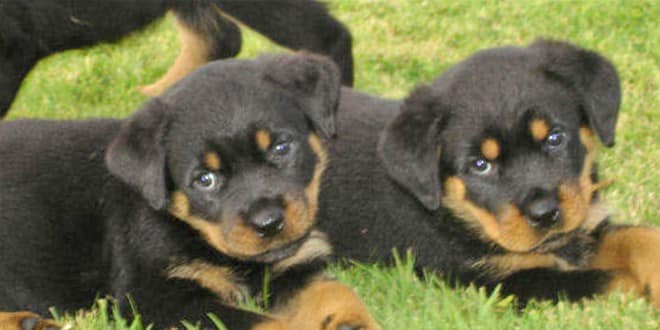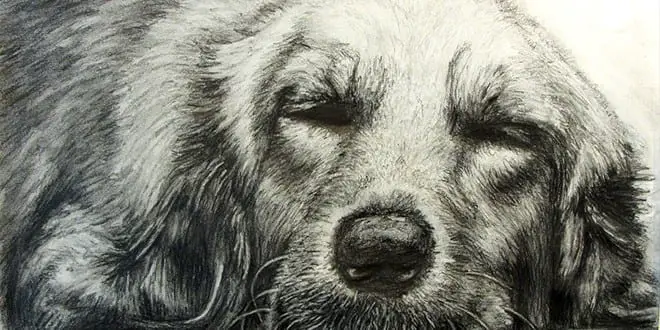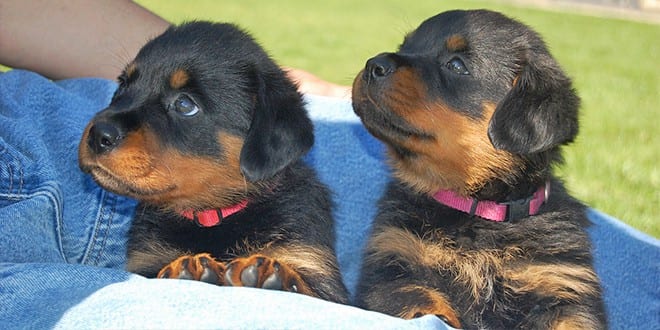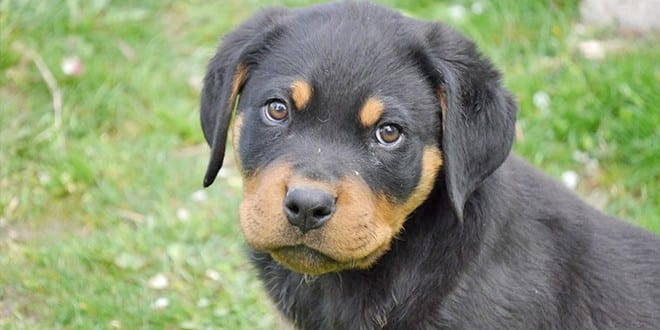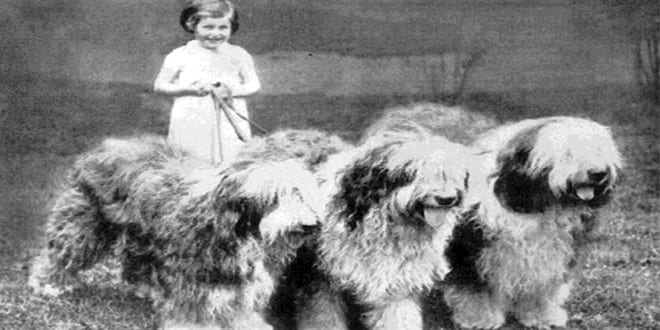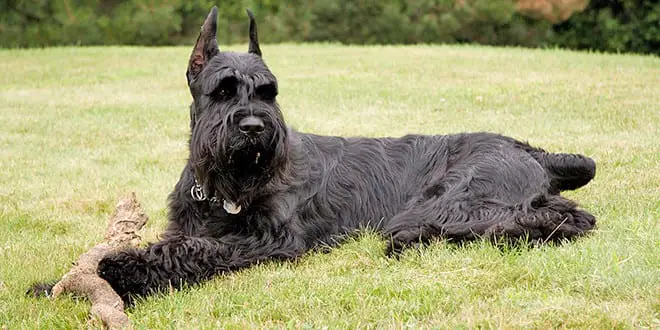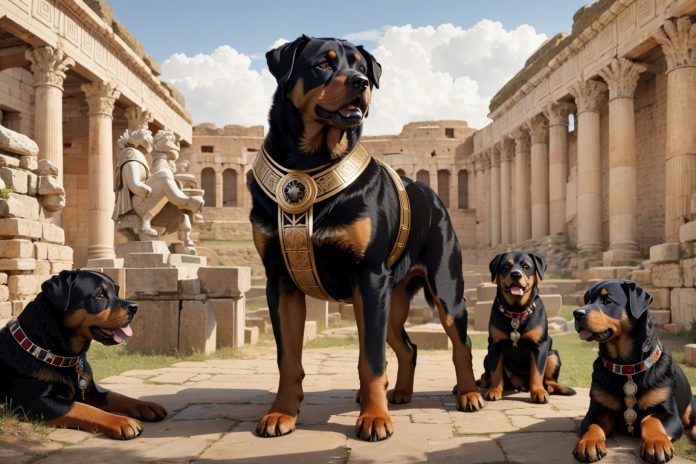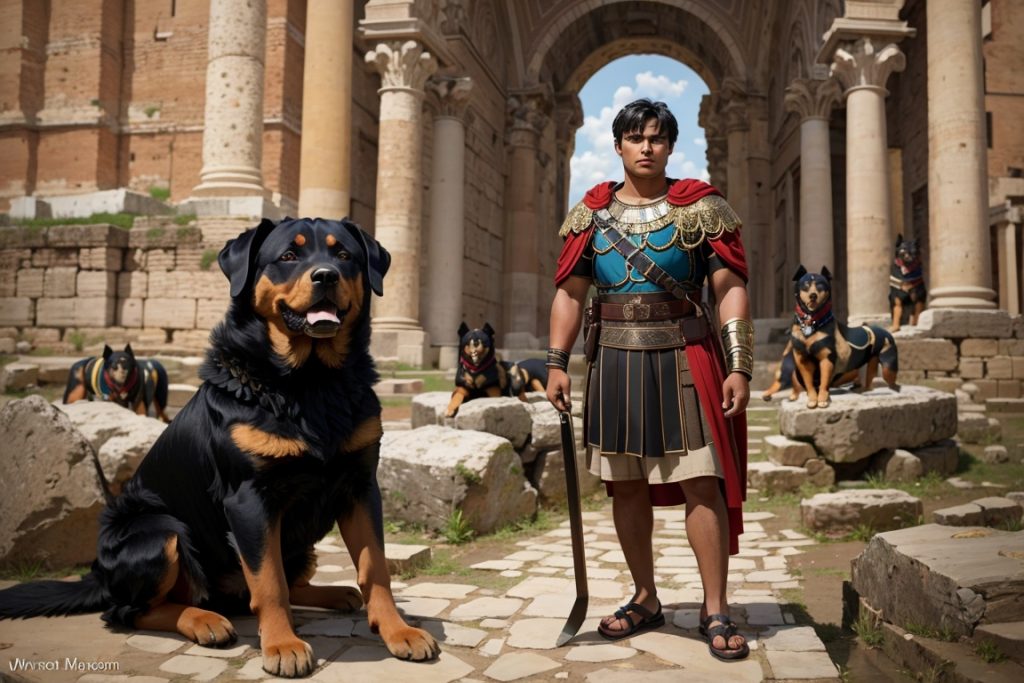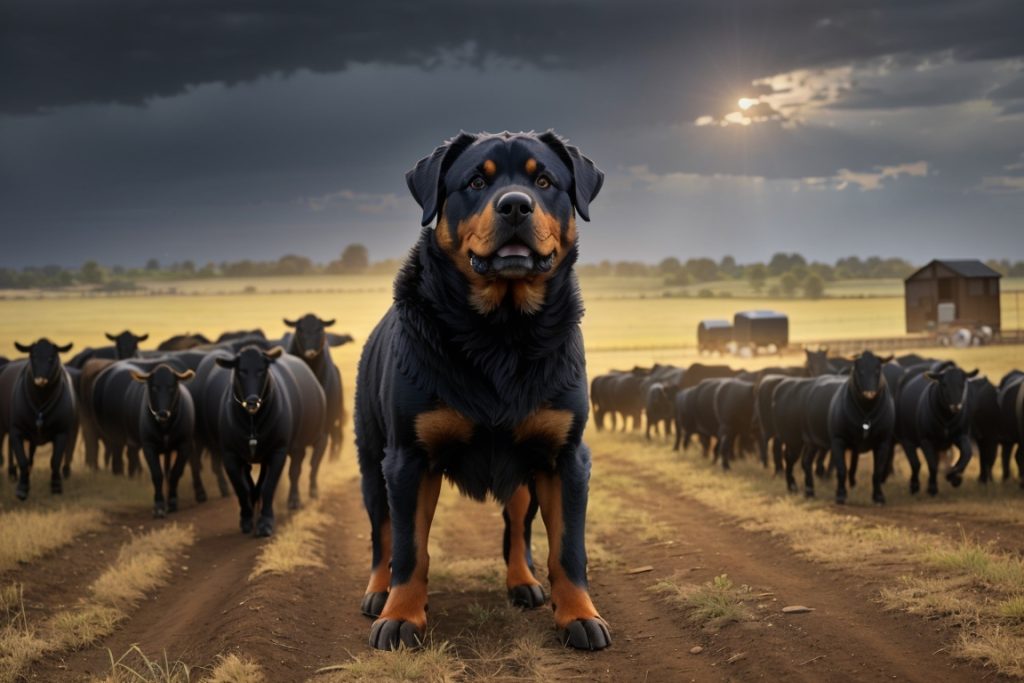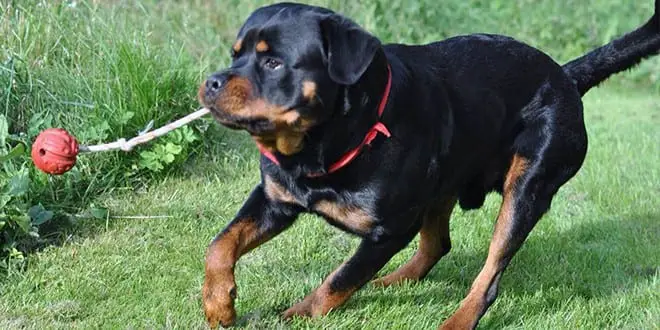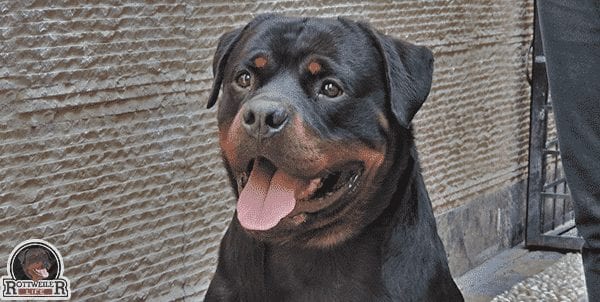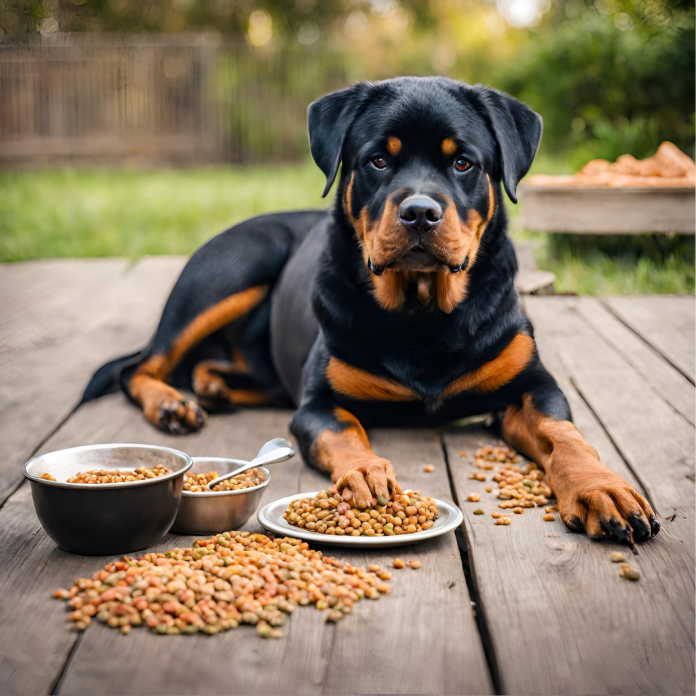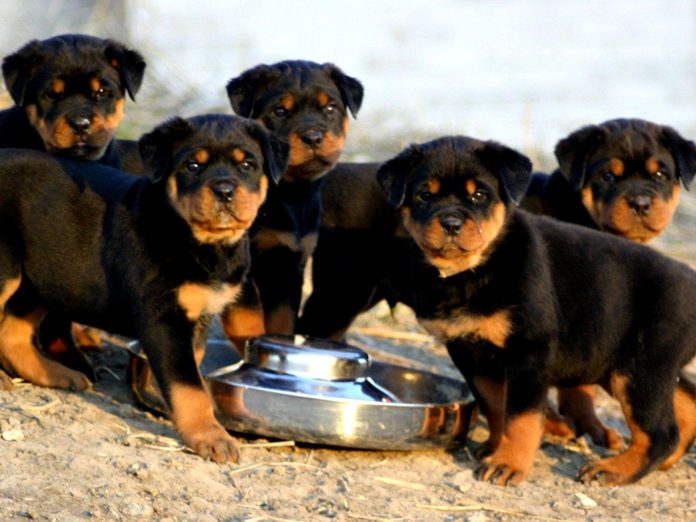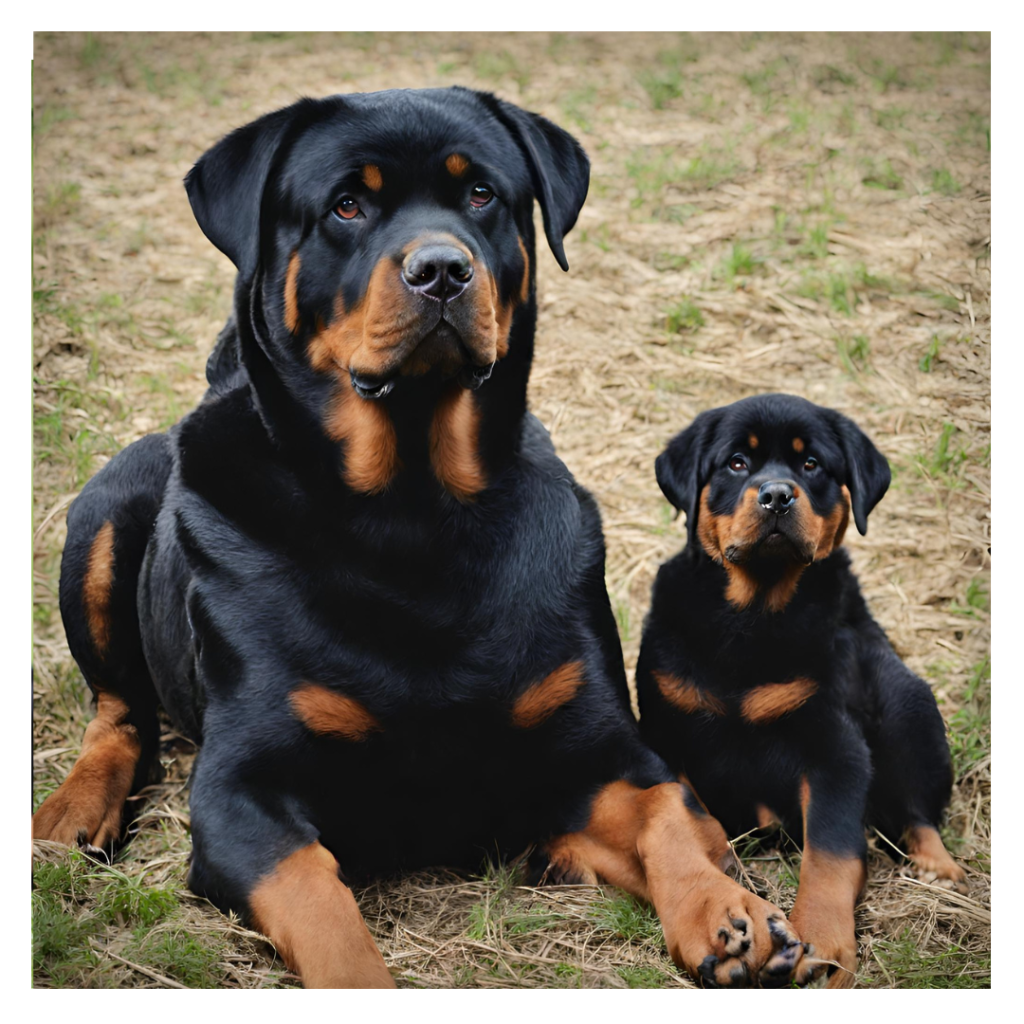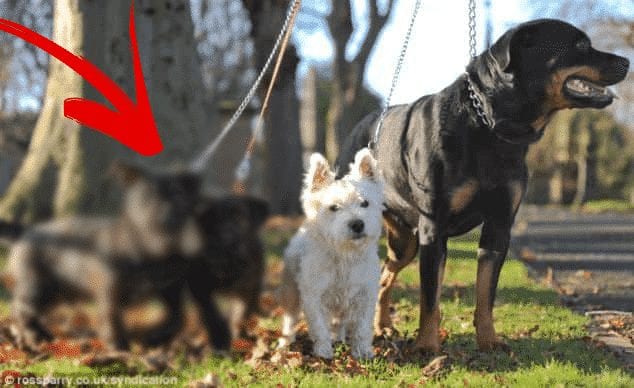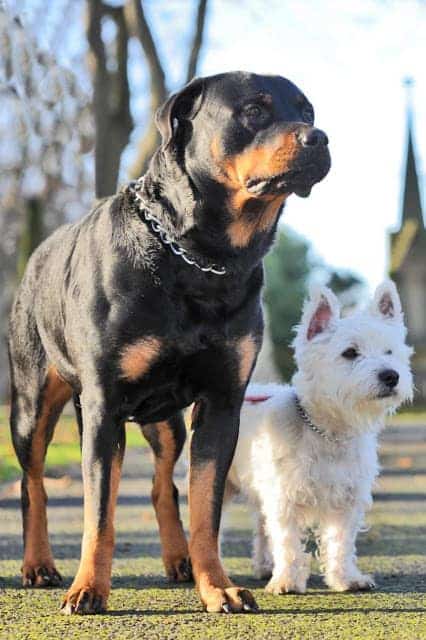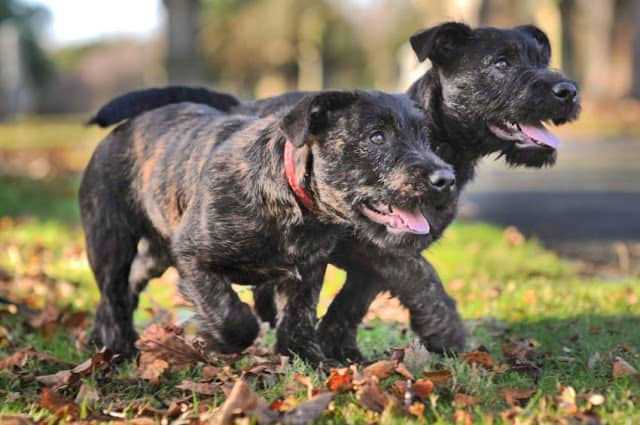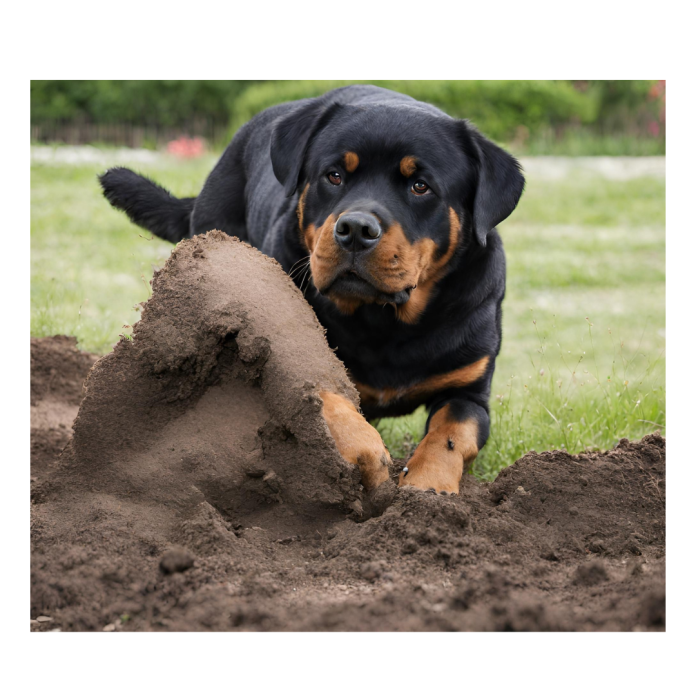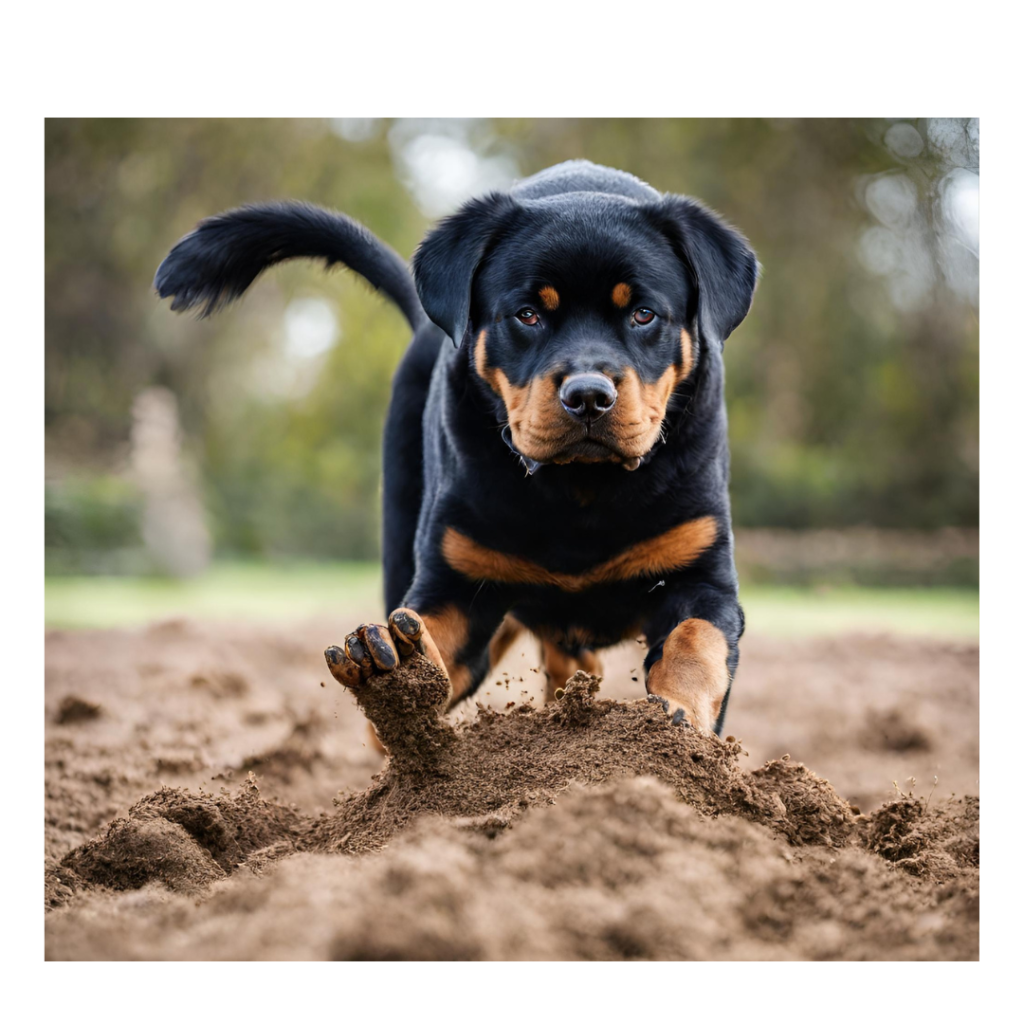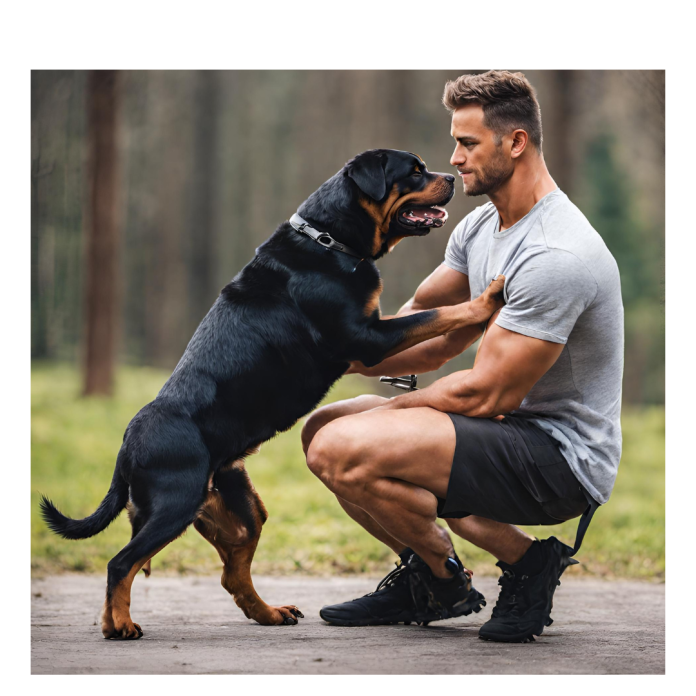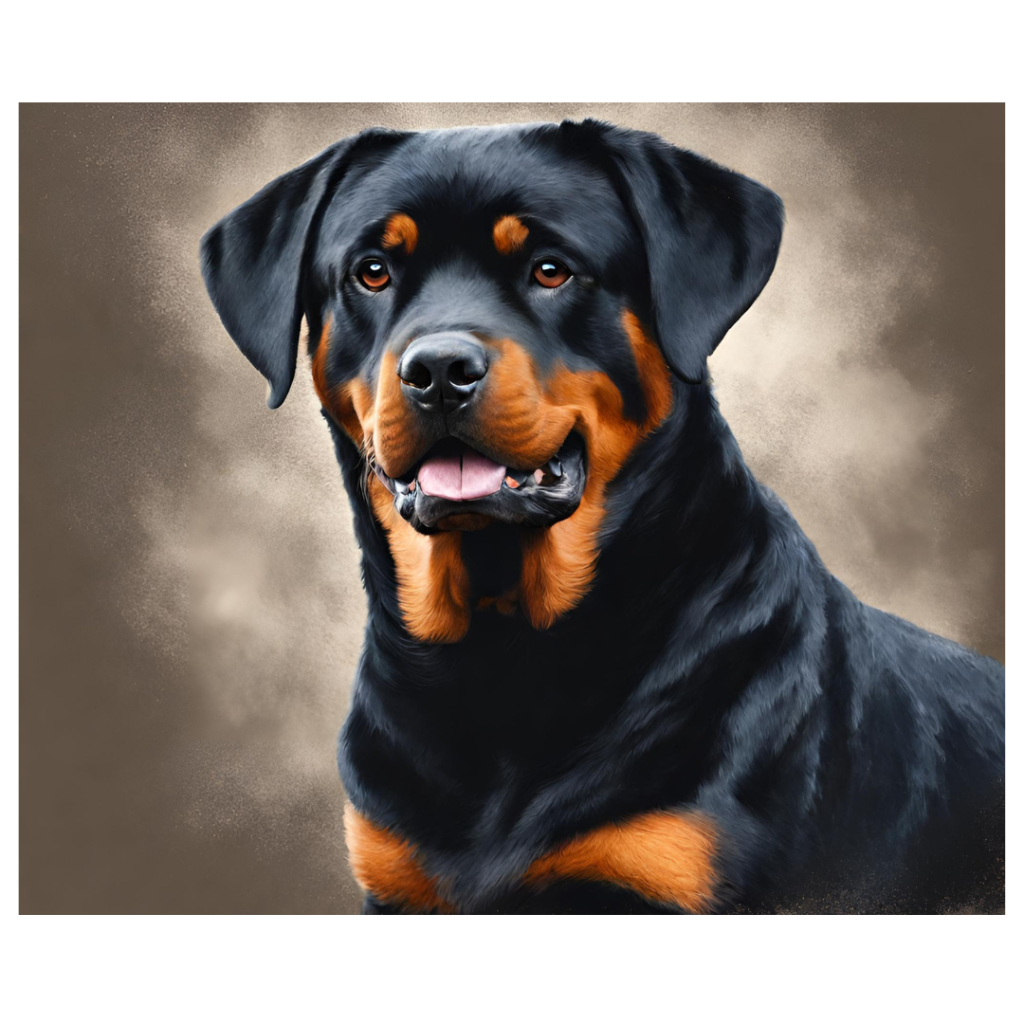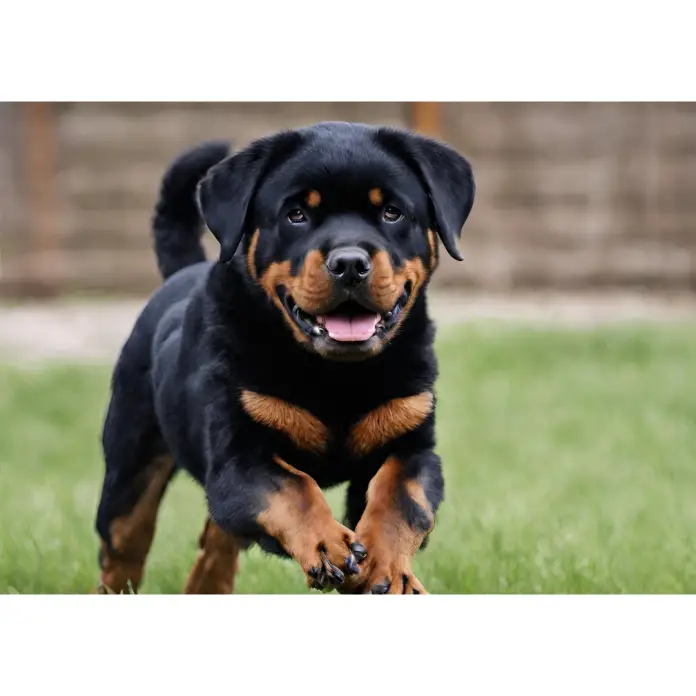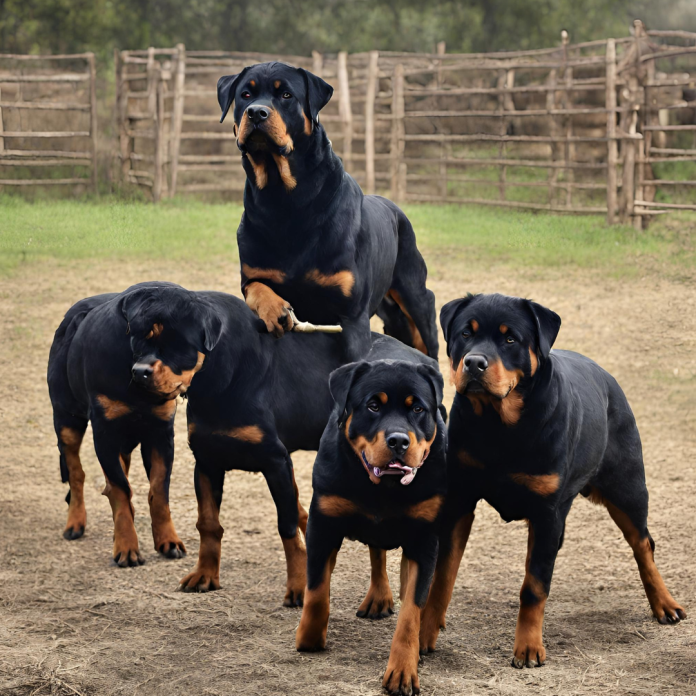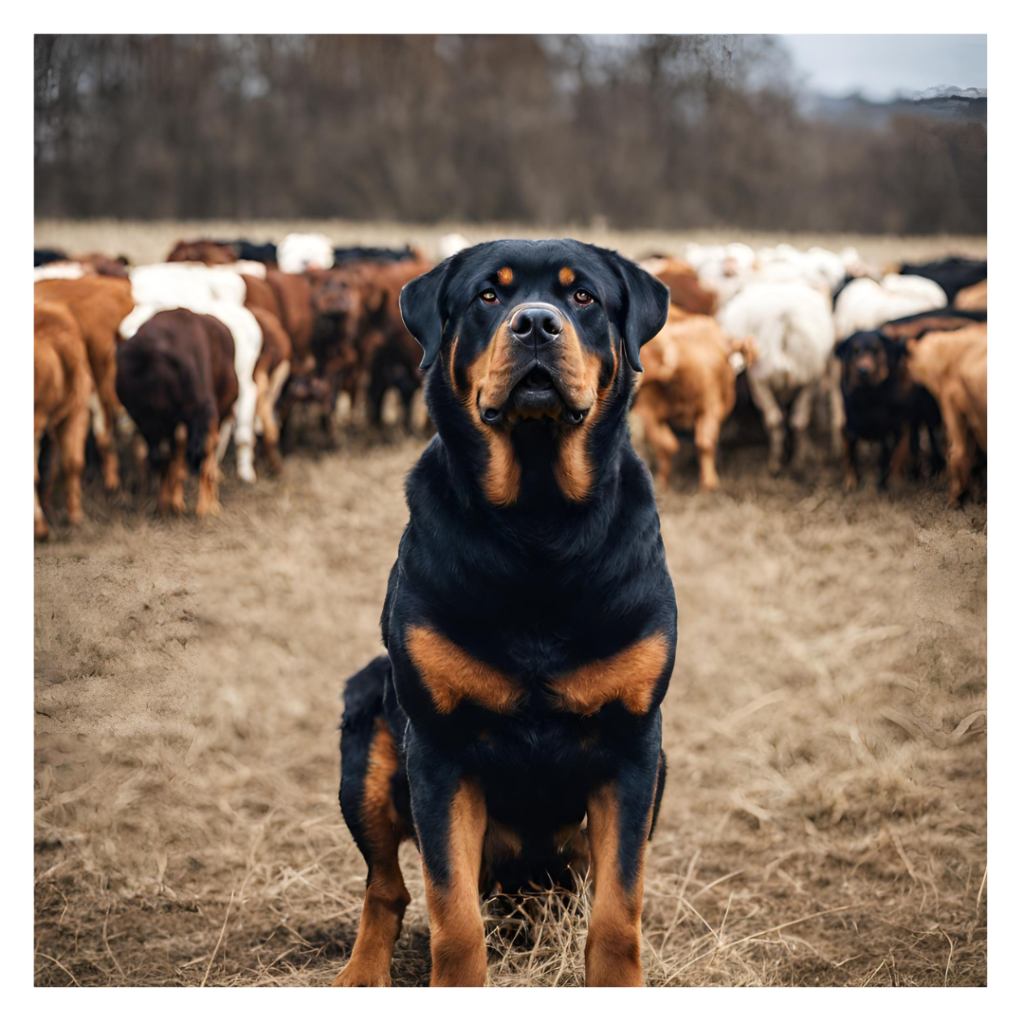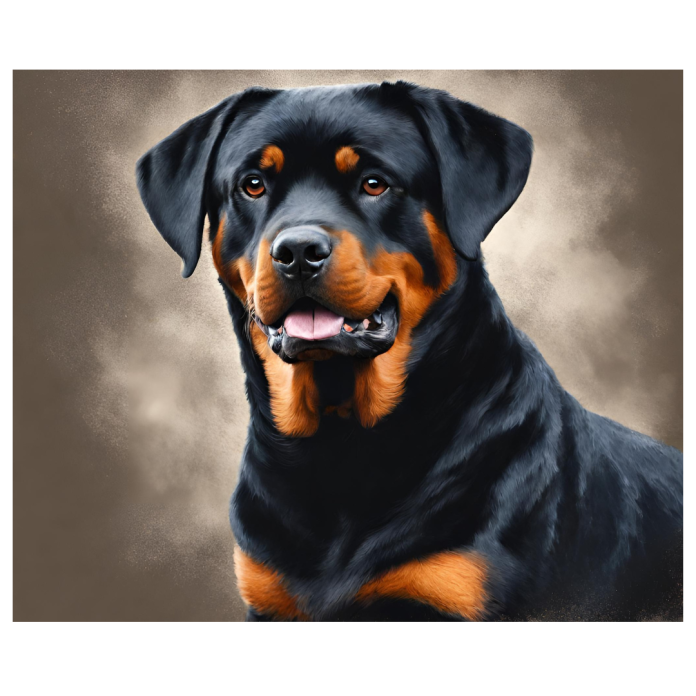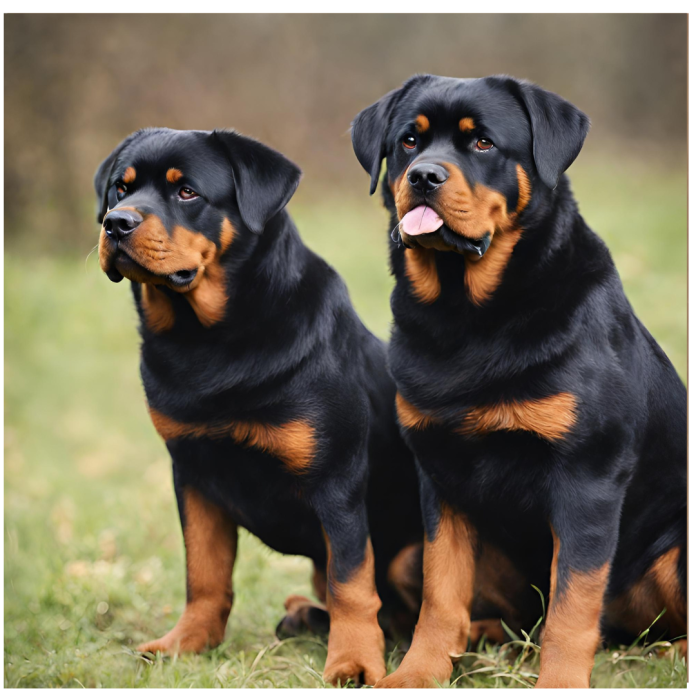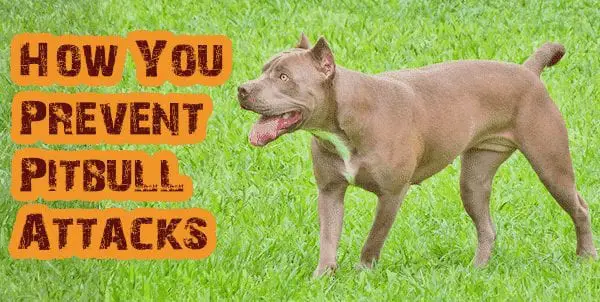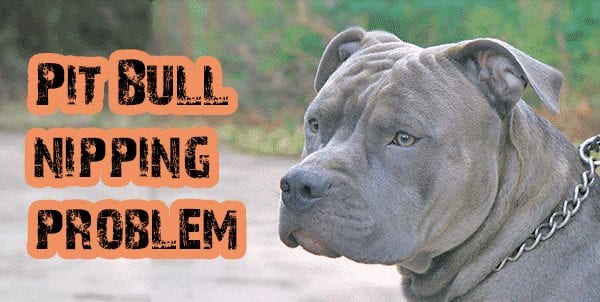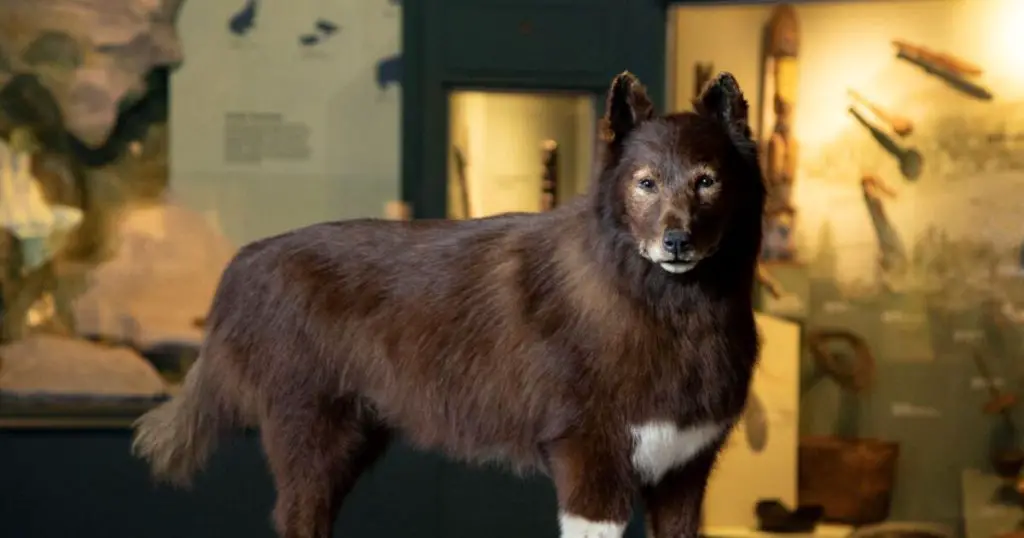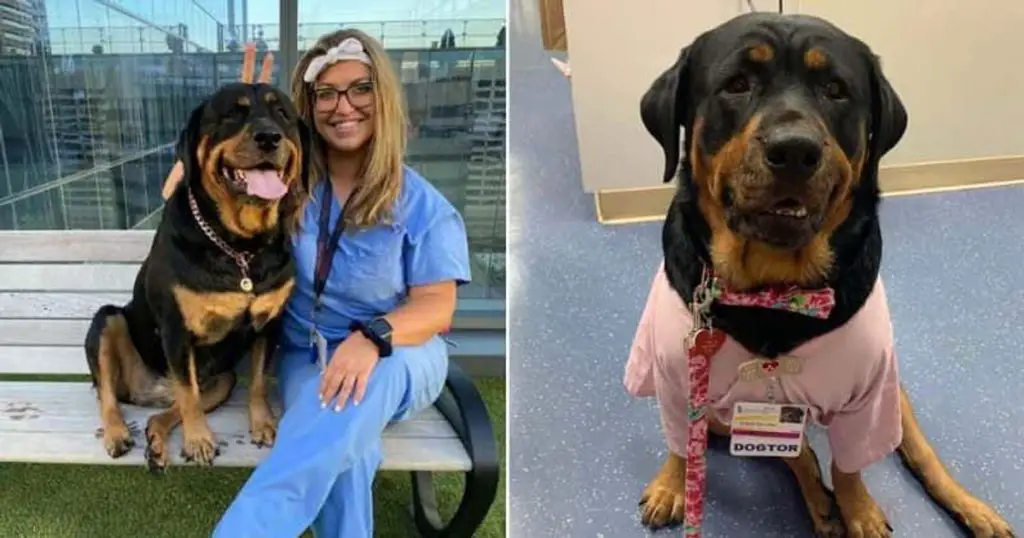The Old English Sheepdog – An In-depth Breed Profile
The Old English Sheepdog is an absolute joy to have around the house. He’s sociable, lighthearted, appreciative and serene. Above all, he is loving.
To measure him truly, take the dimensions to heart:
He is a massive animal, weighing close to a hundred pounds (the average weight for males is 90 pounds, for females, 70), and he sports a bountiful coat.
A cascade of hair hides his face; only his nose and mouth are visible. His rump is a little higher than his shoulders, and his tail has been bobbed off altogether. He has compensated for its loss by developing the wiggliest behind in creation!
The Bobtail is distinguished by his gait and voice, as well as by his coat. He ambles, like a bear – a slow, ponderous, rocking-horse motion. But don’t be misled. At the gallop he shows an immensely powerful classic stride, and, like a quarter horse, he can turn on a dime!
His voice is deep, loud and resonant, with a peculiar loud-ringing quality.
His spectacular coat is of two parts: the dark-gray undercoat – soft, dense, thick – which repels water like the down of a goose; and the super-abundant overcoat, usually blue-gray, splotched about the head, chest and forelegs with generous markings of white (the more white the better).
Groomed and in condition, the entire coat flows gracefully – airily – downward, without curl, and is very pleasant to the touch.
Old English Sheepdogs are born with short black and white coats. During the first three years, the color changes several times, from dark gray to pearl gray, and back again. The true permanent color of a sheepdog is not established until he’s three years old, and he’s not considered really in bloom until the age of four.
A Detailed History Of The Breed
Despite his name, the Old English Sheepdog is not an ancient variety. It all probability he shares common ancestry with the French Briard, the Hungarian sheepdogs Puli and Komondor, the Russian Owtchar, and the Scottish Bearded Collie, all venerable breeds. His resemblance to them – in size, conformation, coat, temperament and function – is too marked to be coincidental.
How can we account for such conspicuous similarities in breeds whose origins appear to be widely scattered? First, we must expand our view to encompass not centuries, but millenia; and not facts, but probabilities.
Thousands of years ago, nomadic tribes continually moved their sheep and dogs over the vast grassy steppes of Central Asia. This verdant belt was bounded on two sides by hostile regions: To the north was the taiga, heavily forested and inhabited by bears and wolves; beyond that, the tundra, where the ground was frozen all year round.
To the south lay arid desert. It was natural, then, that the search for forage should lead pastoral itinerants of the time into a snails pace western migration, and that some tribes should continue on while others stayed behind.
The first sheepdogs were immense – powerful and aggressive. They had to be. Their function was to protect the flocks from wolves – human shepherds there were aplenty. A distinct type of canine evolved from the fittest, a type which seeded the sheepdog across Central Asia and Europe.
Prehistoric Eurasian tribes found their way to the British Isles and settled there, with their sheep and with their dogs, and roamed the pastoral highlands for centuries.
Subsequently, in the Late Bronze Age (900 to 500 B.C.), brisk trade took place between England and the continent; sheep and dogs were among the commodities traded.
Prior to and during the Roman invasion of England (55 B.C. to 410 A.D.), goods and livestock reached Britain from Rome.
Is it not, then, quite probably that sheepdogs of many different countries have a common origin?
Legends, stories and facts about dogs abound in early writings. A Roman scholar named Varro, writing sometime prior to 116 B.C., illustrates the devotion of ancient sheepdogs to man:
“P. Aufidius Pontianus traveled to distant Umbria to buy some sheep and the dogs which tended them, but not the shepherds; and he returned home with the sheep and dogs, a journey of many days. But a few days later all of the dogs, missing their human friends, returned of their own accord to the shepherds in Umbria, having foraged for themselves along the way.”
Varro thought this particularly extraordinary because the shepherds had neglected to throw cooked frogs to the dogs, which this generous offer would have ensured the dogs’ return.
Another early scholar has recorded that:
“Shepherds are unable to preserve unharmed a large flock of sheep without the fidelity and watchfulness of sheep-dogs armed with iron collars… In old times among the Romans pastoral wealth increased to such an extent that as many as 500 dogs were absolutely necessary to keep the pens safe.”
And Hector Boece, wriging in Old English, tells how to make a collar for a sheepdog:
“To arm them agaynst the Woolfe, or other wyld beastes, you may put brode collers about theyr necks full of nayles, and iron studdes, lyning it with soft leather within.”
In England, at the beginning of the 18th century, drover’s dogs, used for driving sheep and cattle to market, were exempt from taxes. Their tails were docked to show their occupation – and their tax-exempt status – at a glance. The Bobtail acquired both his silhouette and his nickname from this practice.
An 18th century portrait by Philip Reinagle immortalized the Old English Sheepdog. It was reproduced in 1803 in a British periodical, “The Sportsman’s Cabinet,” and the text states that the breed “is the most timid, obedient, placid, serene, and grateful in the world. It is propagated and carefully preserved pure in the northern areas as well as in the Highlands of Scotland.”
Historian Edward C. Ash, writing at the end of the 19th century says:
“A picture of Henry, Duke of Buccleuch, with a dog (A portrait by Gainsborough – M.J.P.) shows that in 1771 the type of matted-haired old English sheep-dog, as we know it now, was existing. Today the sheep-dogs of the British Isles are of two distinct types – one the one hand we have the bearded collie and old English sheepdog, broad-headed, shaggy-haired; on the other, the collie and the Shetland sheep-dog. The bearded collie type is represented on the bench by the old English sheep-dog, which has developed into a broad, stocky, and remarkably massive dog. The origin of this breed is probably identical with that of the Russian Owtchar, closely related to the bearded collie.”
In 1873, the Bobtail made his first appearance in the show ring as an “English short-tailed sheep-dog.”
In 1888, The Old English Sheepdog Club was established and a scale of points for the breed was drawn up. The original breed standard has never been altered. Although the Bobtail grows steadily larger – today a height of 30 inches at the withers is not unusual – and his coat more profuse, his conformation has remained true.
At the Drover’s Dog Show in 1894, two Old English Sheepdogs, Jack and Gipsy Nell, took special prizes for Best Dog and Best Bitch in Show. That was quite a day for Jack; he won four prizes in all.
Bobtails employed as shepherd’s bogs were sported of their handsome coats to facilitate movement and minimize care. They continued to herd sheep and drive cattle in the West of England well into the 20th century. Most sheepdogs today, however, are family guardians and pets.
Recent decades have marked the advent of a new kind of canine event – “herding clinics” for sheepdogs. The clinics are sill in the experimental stage. For Bobtails, at least, the results have been somewhat disappointing. It takes more than racial memory to impel a dog to herd sheep.
Recently, an Old English Sheepdog Club rented – for an afternoon – one pasture and one herd of sheep. At the appointed time and place, Bobtails and Bobtailed fanciers assembled together.
Expectations were high. But most of the dogs paid no attention whatsoever to the woolly ruminants. A few stared, and the sheep stared back. It was a standoff until one sheepdog, at the behest of her owner, moved some sheep – the process of civilization of this breed appears to be complete.
Character & Personality
A Bobtail’s overriding passion – and his sole interest in life – can be summed up in one word: You.
The solicitude and devotion he formerly gave to a flock of sheep he new bestows upon you. Whoever he chooses to love – and the choice will be his – that person becomes the focal point of his whole being.
Ginger Herlihy, long-time breeder of champion Bobtails tells us: “This dog decides for himself which family member is his principal owner.”
She discovered this the hard way. Ginger spent years trying to persuade her husband John that they did too need a big dog like that. Finally, John agreed to visit a sheepdog kennel with her, just to see what the dogs were like.
And yes, that very afternoon John bought a puppy for Ginger. But before long it became crystal clear that this small sheepdog belonged to John – and so “he had to buy another one for me,” she said.
Ginger continues:
“Sheepdogs can’t resist herding. You have to learn to live with one. They keep cutting you off. Even in the water some of them will herd you over to the side of the pool. We had one sheepdog – you just couldn’t go swimming when she was around. She’d grab your suit or pull your hair and pull you out. Rescuing, I guess.”
“And they’re excellent with children. Toddler’s who live with an Old English Sheepdog usually learn to pull themselves up by hanging onto the dog’s coat. The dog just stands there. He knows the child depends on him.”
“They’re very good watchdogs, too. They seem to have an extra sense which tells them when to guard. But one day while John was outside raking leaves, one of the dogs was asleep in the back yard, and didn’t know John was there. When John opened the trash can to put the leaves in I heard a tremendous barking. It sounded so urgent I went outside to see what was the matter.”
“There was my husband standing inside the trash can, saying, ‘It’s me boy – It’s me!’ but our sheepdog just kept barking.”
That’s right, even this breed makes mistakes sometimes.
Bob and Diana Caswell also breed and show blue-ribbon Bobtails:
“These are very cheerful, very playful dogs, “ Diana said. “They love to get into water, splashing like children, getting into mischief. One of my friends has a sheepdog who gets into the pool and does laps right along with her. They’re very pleasant, very loving dogs – good in the house, good with kids, good watchdogs. They are docile, but very smart.”
As he spoke, Fancy, his own personal Bobtail, removed herself from his feet and clambered into his lap. Bob craned his neck to see around her while she settled herself. He shoulder made a dandy pillow.
“She’s just a small one,” he said. “She only weighs 55 pounds.”
Caring For The Breed
There is something ingenious about an Old English Sheepdog. He always expects the best of you. Often, he doesn’t get it.
It’s a terrible wrench for people like the Caswells and the Herlihys when puppy-selling time comes around. They know the percentage of Bobtail puppies who will find good homes the first time around is heartbreakingly small.
“We don’t breed very often,” said Diana Casewell, “and when we do, we usually have homes for the puppies beforehand.”
Bob Caswell explains:
“A sheepdog puppy is adorable. It looks like a little teddy bear. But too many people who buy one don’t really have it in their heads that in six month’s time the dog will be huge.”
An Old English Sheepdog requires a good deal of regular, conscientious care to prevent serious difficulties.
“It’s like this,” said Bob,
“People look at a gorgeous, big, furry sheepdog at a show and think he just grows like that. They don’t realize how hard you have to work to get him that way. You’ve got to groom to the skin, layer by layer, at least twice – better three times – a week. If you don’t do that, the coat will mat. If the coat mats, the owner has problems – and when he’s got problems, he doesn’t want the dog any longer.”
Diana added:
“If these coats mat, you have to shave them to the skin. We’ve seen coats so bad when they were shaved off you could hang them on the wall like a rug. Even though I preach about it to people when they come to look at the puppies, they buy; but they don’t truly realize the size and the upkeep.”
A Bobtail which isn’t to be shown may wear a short coat. Diana says that two to three inches all over is a nice length. They will still have that sheepdog look.
Watch out for fleas with this breed!
A flea is no small matter to a sheepdog. Flea bites can cause real trouble: The skin becomes irritated and a “hot spot” (reddened area with or without an open sore) develops. Then the animal must be taken to the vet, who will probably administer cortisone. The inflamed area is shaved, kept clean and dry and dusted with medicated powder. Sometimes it takes weeks to heel.
The Caswells have resolved this difficulty: Professional exterminators treat their home every three months, spraying the premises inside and out. They have not one flea. If a dog does pick one up elsewhere, it dies and drops off as soon as it returns home.
Diana adds to this:
“Really consider getting your place sprayed before you take a sheepdog home. A sheepdog can ruin his coat overnight because of one flea, it irritates him so much. He just digs his fur out. Besides, spraying is cheaper than a trip to the vet.”
Ear infections are also very common with this breed.
This is partly so because very little air reaches inside. To prevent infections, the inner ear must be kept scrupulously clean. The ears may be tied loosely over the head with a rubber band and left that way for a few days.
Because Bobtails are such easy-going animals, they require less food than other dogs their size – and less exercise, and no kennel at all. Most Bobtails sleep in the house near their families, where they feel they belong.

